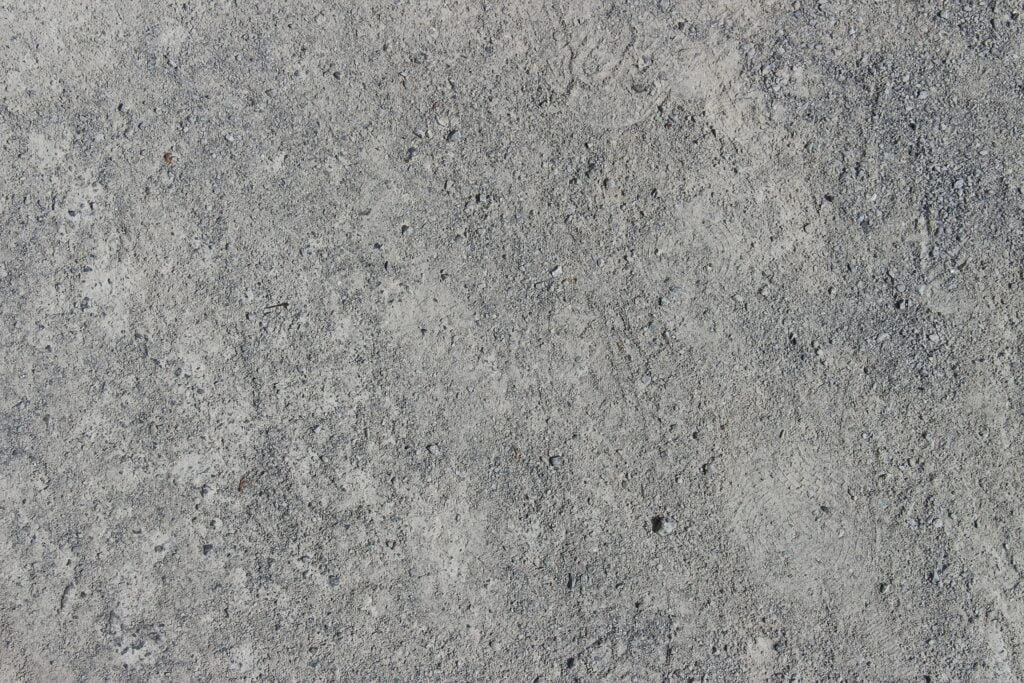Tips for preventing surface voids in concrete. Several problems can arise during the process of concrete
laying When using concrete, we expect the surface to be perfectly smooth, with no surface voids.
Unfortunately, this problem is one of the main problems in the sector of prefabricated concrete. Holes and air bubbles, defined as voids, are small holes that adversely affect the concrete surface.
When the surface voids become too large, the concrete surface requires to be repaired. This is not only a
waste of time, but also materials and money!
By reading the article below, you will learn how to prevent surface voids by looking at the cause of their
formation. You will also read some useful tips to help you get a better concrete surface.
Preventing surface voids in concrete. What causes voids on the surface?
Many variables can affect the concrete surface. The most common causes of surface voids
are trapped air, improper use of release agents, or excess water in the concrete mix.
Air can create holes and bubbles in the concrete when it becomes trapped in the concrete mix. It does not mix with water and is unable to escape from the concrete mix, and this causes voids in the concrete
surface.
Concrete release agents are another cause of surface void. If the release agents are not applied correctly,
the lower ends of the concrete forms may get impregnated with oily substances. This causes holes in the
concrete surface.
The same problem can arise when water is trapped in the molds. Water can evaporate once the concrete
mix has dried, thus contributing to voids and the formation of a porous structure that is much less durable.
Preventing surface voids in concrete. Smooth concrete surface.
When porous voids appear in the concrete, it is possible to remove them to have a smooth
concrete surface. However, this is an expensive solution and a much better solution is to prevent this
problem. Below there are some tips to help you to get a smooth concrete surface. Various variables affect the surface so please be aware that the following guidelines may not eliminate voids.
Tip: 1
Surface voids in the form of holes and air bubbles are formed when the air becomes trapped because the concrete has hardened. Changes to the concrete mix may become necessary to ensure the
correct viscosity for the application. The type of product/mold and the method of thickening will have a
direct influence on the required viscosity of the mixture.
Tip: 2
Increase the time you spend mixing concrete. After extending the mixing time, the concrete mixture will be more consistent.
Tip: 3
Concrete vibrations contribute to the elimination of voids. The vibrations transfer residual water and air to
the concrete surface.
Tip: 4
Use aggregate that does not contain irregular pieces in the concrete mix. As the aggregate is more
uniform, the concrete will become more fluid, so this will reduce the possibility of water and air to be
trapped.
Tip: 5
Use the correct concrete application method. Sometimes, slowing down the application can prevent air
bubbles from forming in the concrete when filling the formwork. Some forms, such as columns, can be
better filled by pumping from the bottom or with a pipe. Sometimes filling out the form too quickly also causes segregation of the concrete, which can result in more voids.
Tip: 6
Use a suitable release agent to remove the concrete from the molds. It should be applied in the right
way, otherwise we will obtain the opposite effect rather than the desired one.

Preventing surface voids in concrete – Betoff-Bio
Preventing surface voids in concrete. What agent should be used to clean concrete surfaces?
The world of concrete can delight, but it can also become a headache. Concrete is an extremely important
element in our reality. The slogan ‘stay home’, so popular recently, can be translated into the words: stay
in your four concrete walls. Yes, concrete is our home, office, warehouse, driveway or pavement. This
unusual substance, which is concrete, is exposed to dirt, and removing such dirt is quite difficult.
Especially the owners of car repair facilities can say something about it. Removing oil from concrete is
really tough. But what is chemistry used for? Exactly chemicals, but does every liquid created to clean
concrete act properly? Certainly not. There are fluids, that their composition should scare any sane
person. Phosphoric acid mixed with hydrochloric acid is an ecological bomb that destroys our lungs, plants, and animals. That is why Innovachem has produced a plant-based concrete remover and cleaning fluid.
Betoff-Bio is an innovative formula for cleaning concrete surfaces, which is safe for the environment,
people and animals. It does not choke or burn the skin during application. You will quickly and effectively
remove oil from concrete, as well as other impurities that appear on it.
